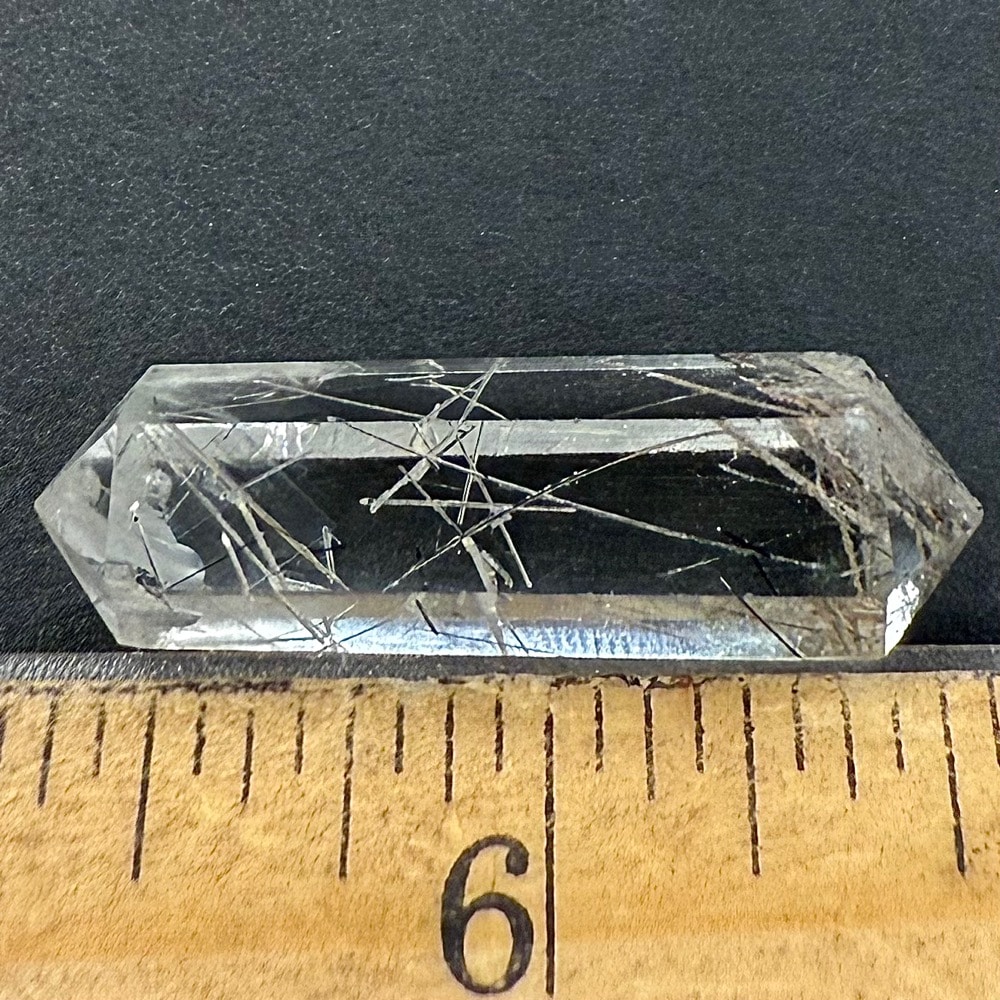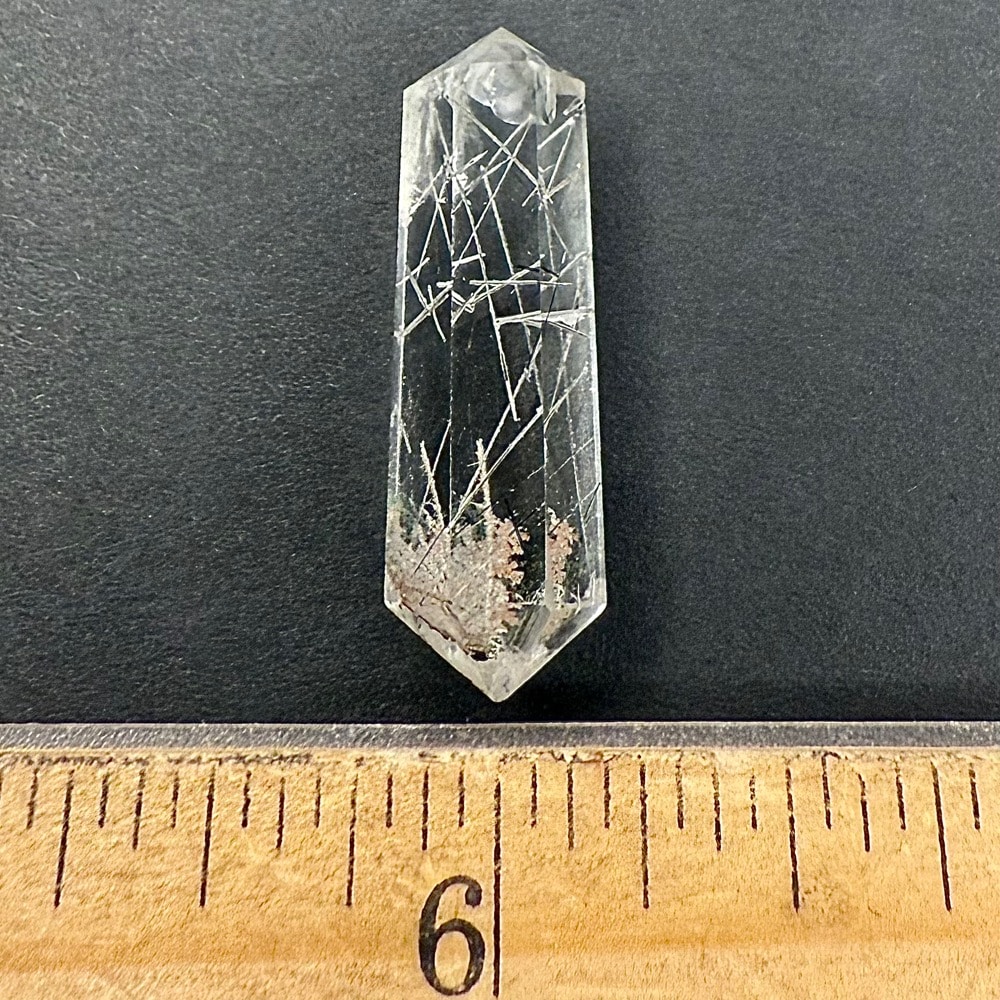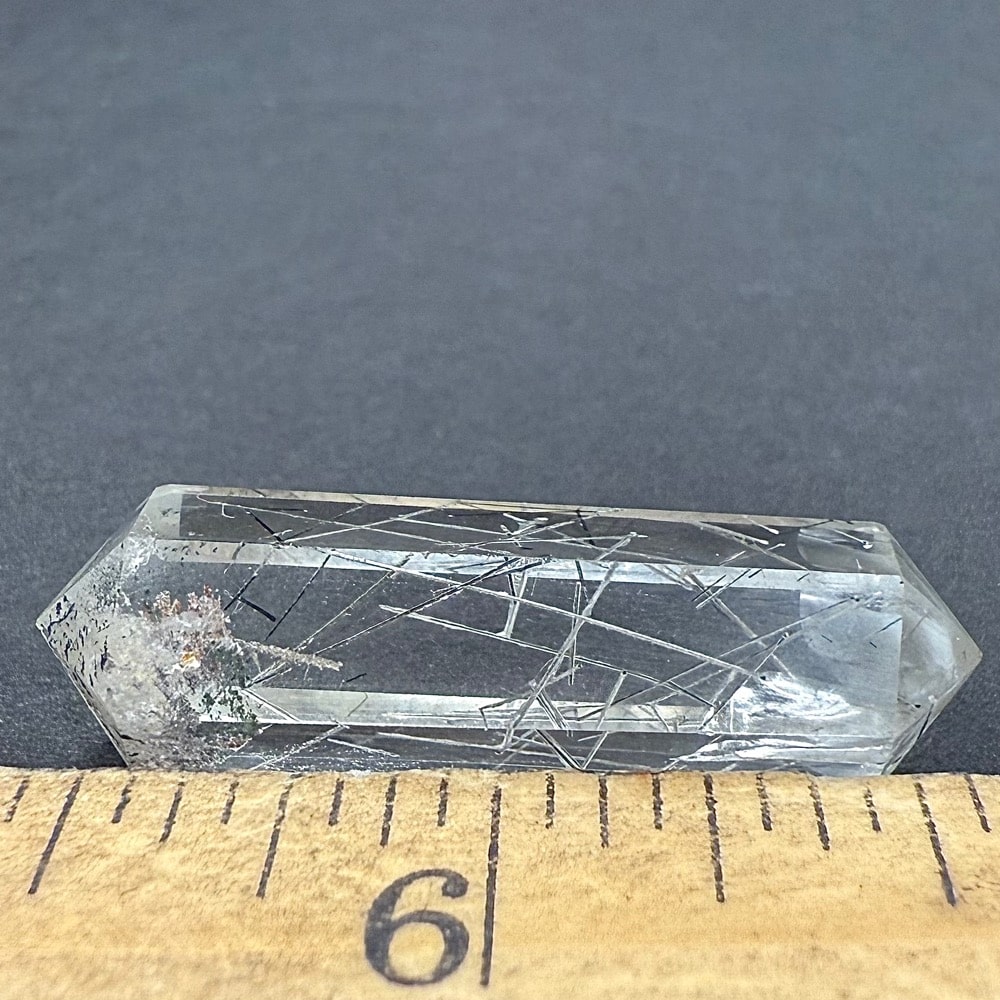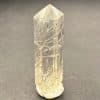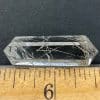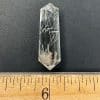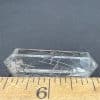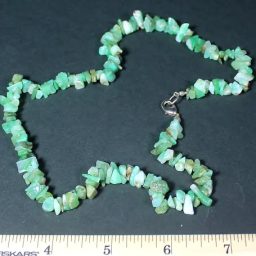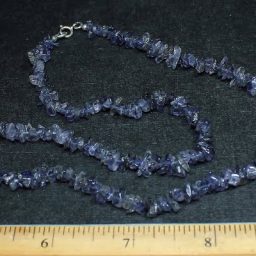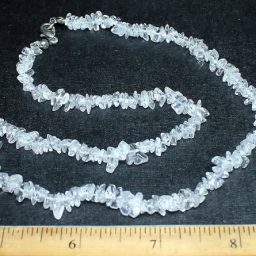Description
Quartz is the second most common mineral in the Earth’s continental crust. It is mainly composed of Silica or Silica based minerals. Although Quartz is known by a variety of names, the most important distinction between types of Quartz is that of macro-crystalline, individual crystals visible to the unaided eye, and micro-crystalline, where aggregates of crystals are only visible under high magnification. There are many forms of Quartz including Chalcedony, Amethyst, Citrine, and Carnelian which are results of mineral impurities or heat treatments.
The Tourmaline mineral group is chemically one of the most complicated groups of Silicate minerals. Its composition varies widely with Sodium, Calcium, Iron, Magnesium, Lithium, Aluminum, Boron and other elements. It has a wide variety of colors including black, blue-black, brown, yellow, red, green, pink and is rarely colorless. This mineral is found in igneous rocks, like Granite Pegmatite, and metamorphic rocks such as Schist and Marble.
.Tourmalated Quartz is a type of Quartz that contains inclusions of Black Tourmaline. The combination of these two minerals create a stone that is very durable and has a high vibration. Tourmalated Quartz can be found in a variety of colors, including clear, white, pink, and green. The most common color is clear. This stone is found in a variety of locations, including Brazil, Madagascar, and the United States.

